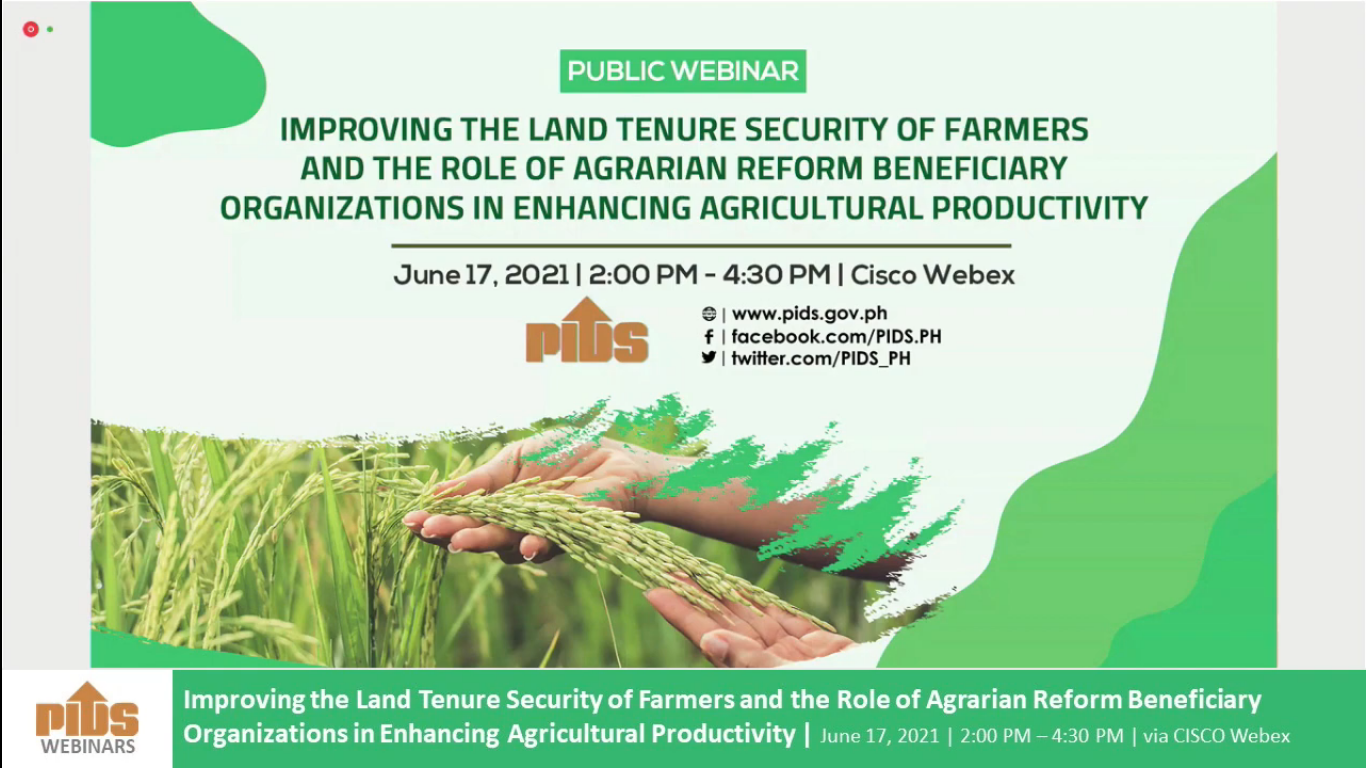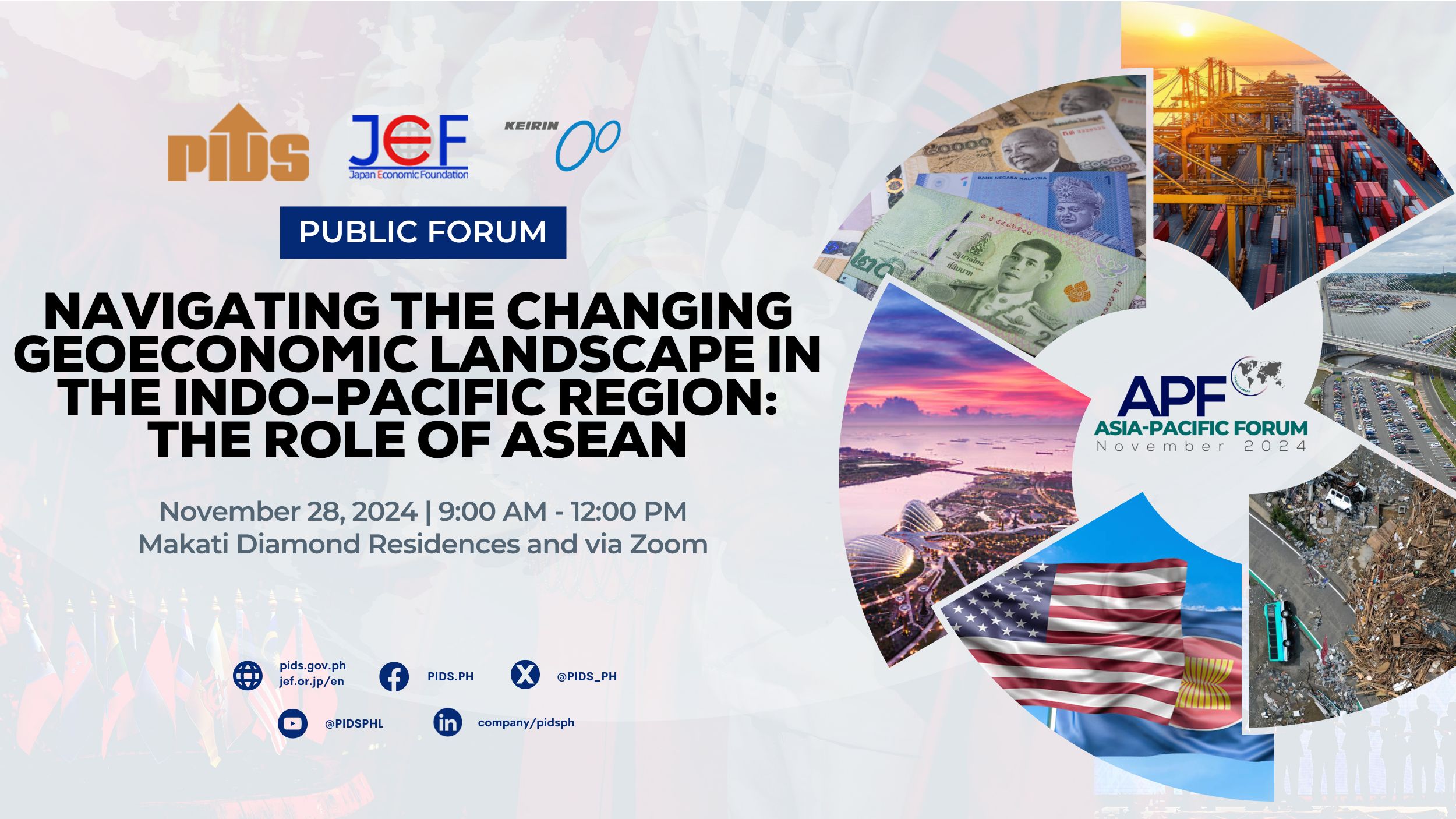Academe officials highlighted the role of businesses in distributing wealth, which is key in alleviating the poverty level in the country.
"Businesses must pursue not only in creating wealth but also distributing wealth," Dr. Challoner Matero, dean for School of Business and Economy of the University of San Carlos, said in an interview at the sidelines of the International Conference on Business and Economy yesterday in Waterfront Cebu City Hotel and Casino.
"Businesses must also focus on distribution of wealth for the common good," he said.
The challenge for businesses today is putting meaning to what they do and why they do business, Matero said.
Benito Teehankee, board member of USC, said the Filipino society is continuously challenged with the perennial poverty problem.
Thus it also poses a challenge for business leaders, entrepreneurs and business students to redefine their role in the community as they have roles to play in solving the poverty problem.
"They must move out of their comfort zones," he said.
Adrian Agbon, research associate at the Philippine Institute for Development Studies, said poverty remains a big challenge for the Philippines.
He said poverty and the dwindling agriculture sector, where most of the poor people work, are two key issues that need the most attention by the government.
In a study by state think tank PIDS last year, it said four in every 10 Filipino households have remained or slipped into poverty at least once in a period of three years.
PIDS assessed Filipinos’ vulnerability to poverty, or the probability of being poor in the future, using data from the Family Income and Expenditure Survey (FIES) for the period 2003 to 2009.
The study's findings showed that even those who have not experienced poverty or the non-poor may still fall into it in the future.
According to the study, natural disasters, together with other shocks, were believed to have largely contributed to the vulnerability of Filipino households to poverty.
PIDS researchers disclosed that vulnerable households, regardless of whether poor or not, were more susceptible to unobservable idiosyncratic, like birth, injury or accident, among others, than covariate shocks like natural disasters, human or animal epidemic, economic crises, etc.
The study also revealed that eight in every 10, or 77.4 percent, poor households were classified as vulnerable.
A household is considered vulnerable if its estimated vulnerability to poverty is below the vulnerability threshold, the authors explained.
Based on the data, majority of non-poor but vulnerable households were predicted to be poor only in at most two periods from 2010 to 2012, thus tagged as relatively vulnerable, and were more susceptible to idiosyncratic shocks.
“Many of the households were more vulnerable to idiosyncratic shocks probably because of the latter’s direct and more specific impacts,” the PIDS researchers said.












